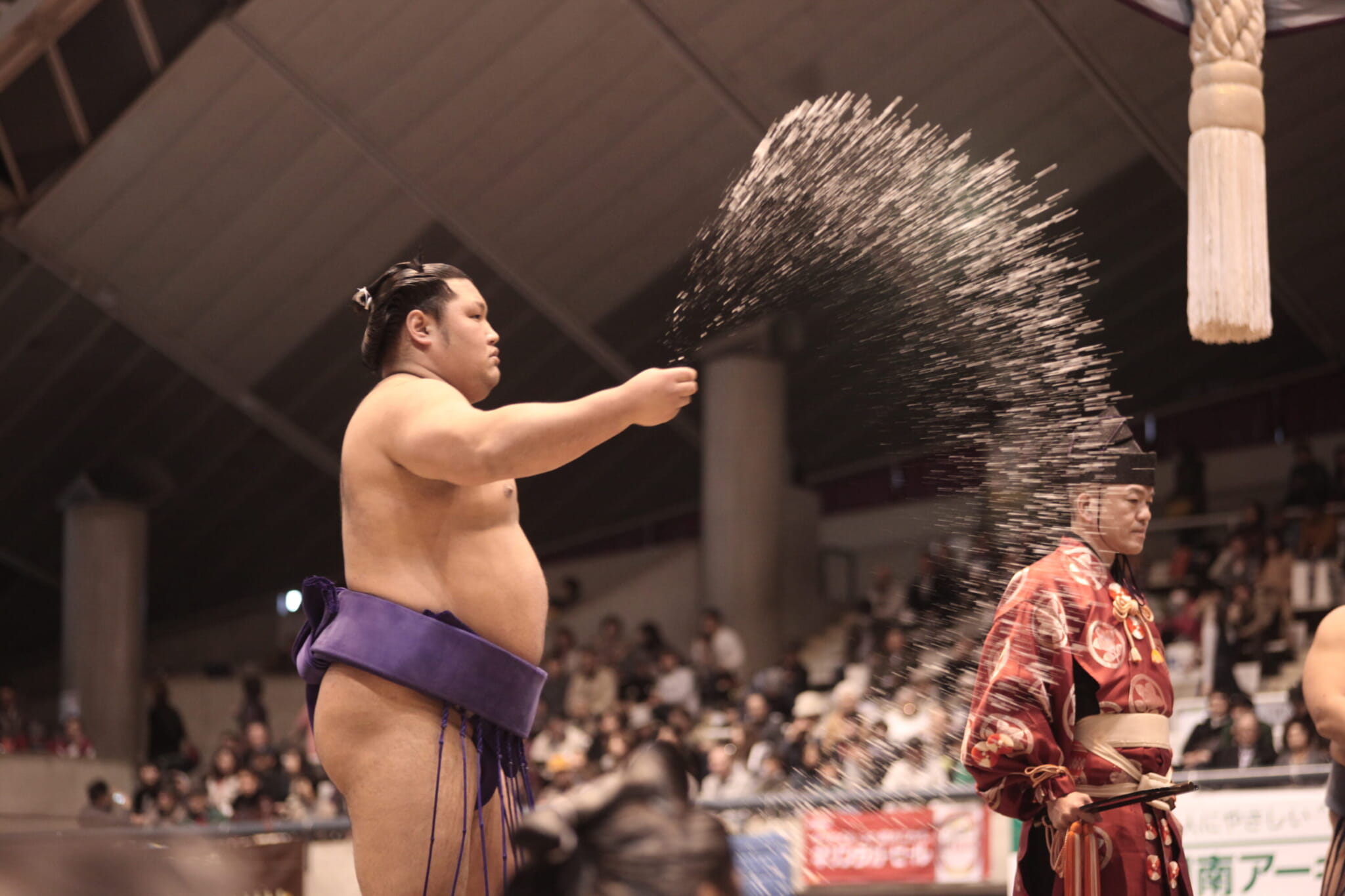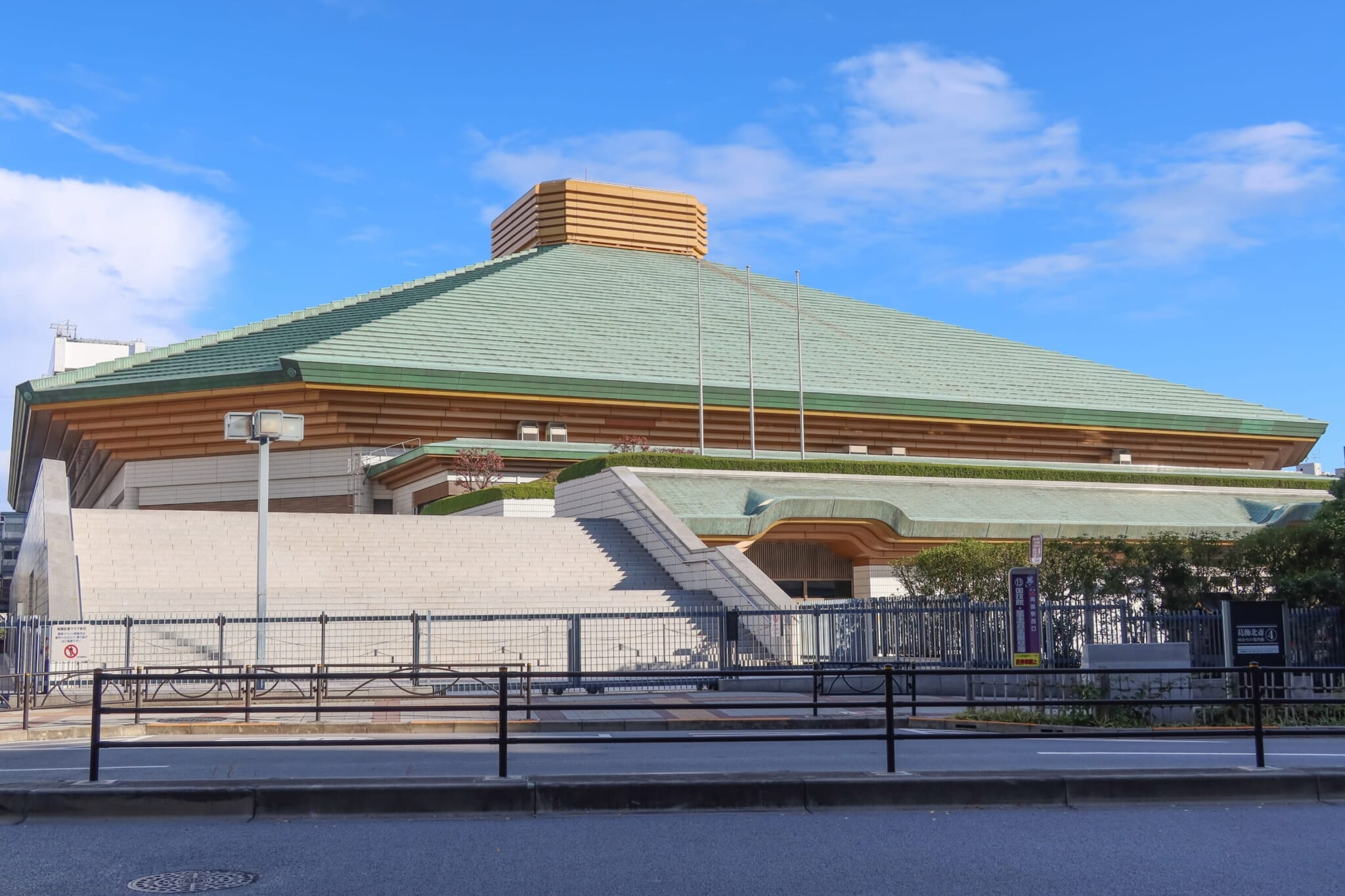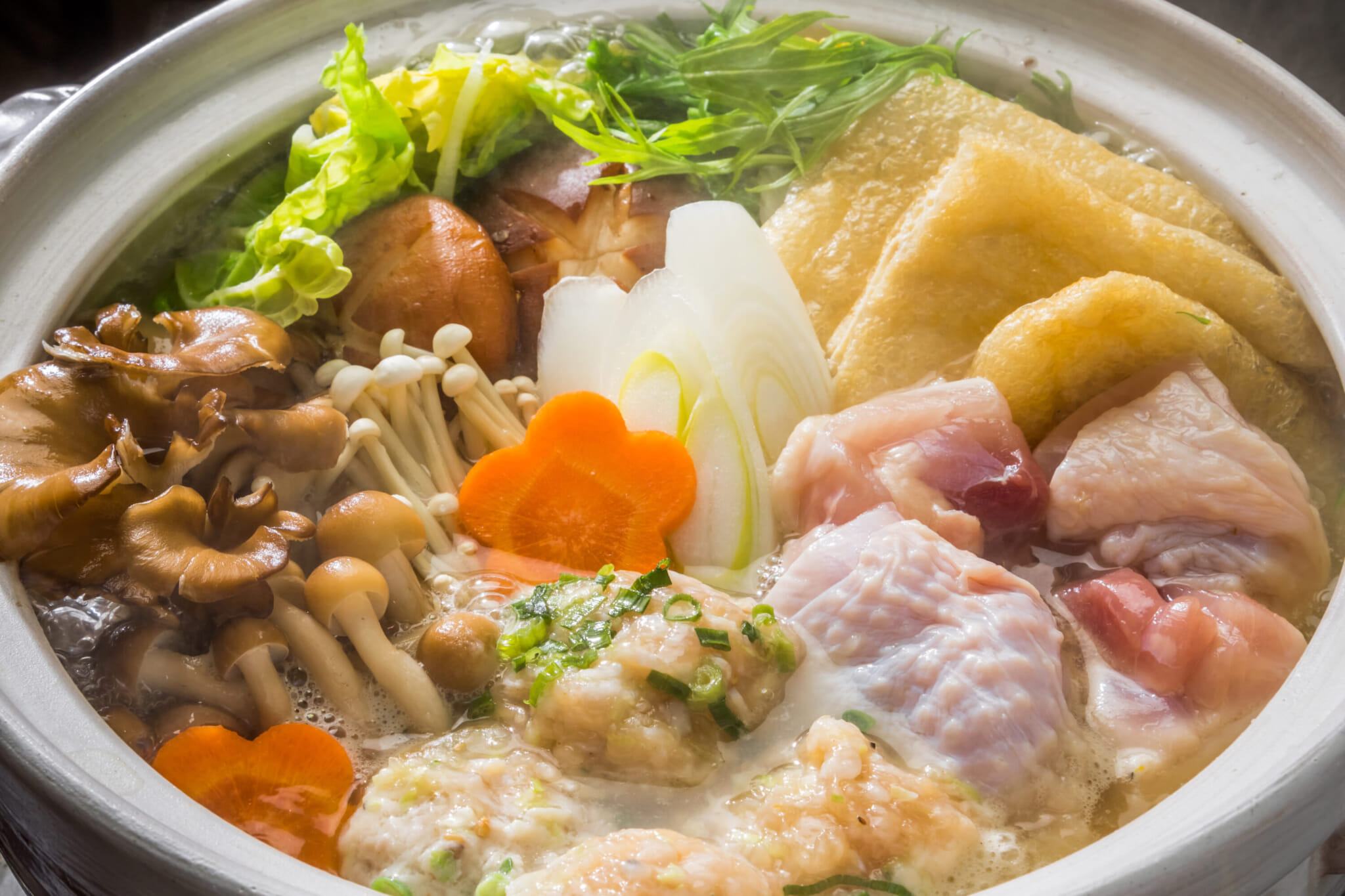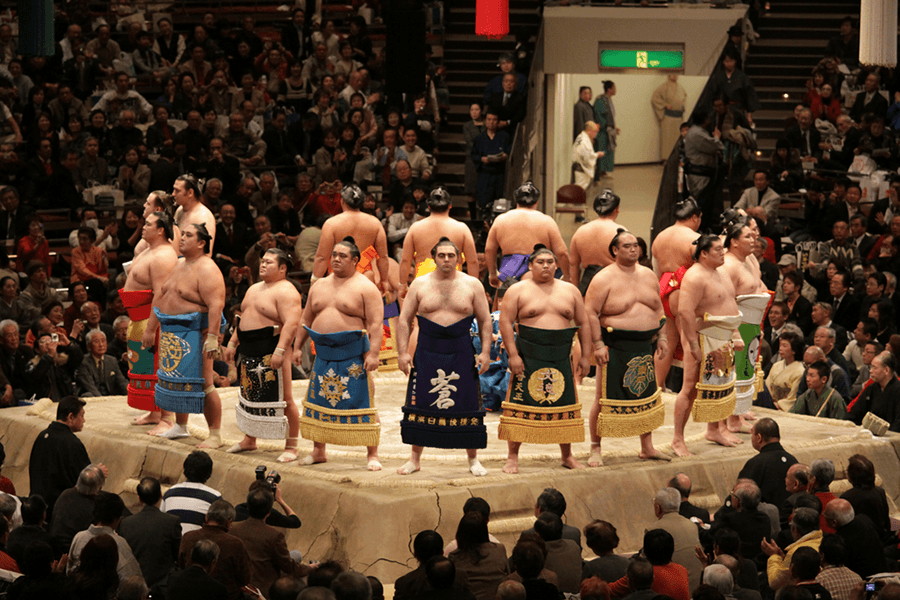Sumo is an intense and impactful sport, and it’s even more moving to watch live. If you’re in Tokyo, a sumo tournament is definitely worth checking out at least once, especially if you’re a sporting fan, or even interested in learning about Shintoism. Many of the rituals seen in sumo matches, like shiomaki (salt throwing) come from the Japanese religion, and the sport itself originated as a way for men to test their strength in front of Shinto gods, or kami.
Here is everything you need to know about sumo, getting tickets and how to make the most of your Ryogoku outing.

The Sumo Seasons
Grand Sumo tournaments, or Honbasho, last 15 days and occur six times a year. The Tokyo tournaments take place every January, May and September, while Osaka, Nagoya and Fukuoka hold tournaments in March, July and November respectively. The Tokyo sumo tournaments are held in the Kokugikan National Sumo Arena in Ryogoku, a neighborhood that is rich in sumo history, with the first Ryogoku Kokugikan being constructed in 1909.
On tournament days, the Kokugikan opens its doors at 8 a.m., and the lowest ranking wrestlers start their matches around 8:30 a.m. The arena is usually relatively empty around this time, as these matches aren’t considered as exciting as the later ones. However, because a ticket allows a one-time re-entry, it might be worth checking out these matches in the morning to enjoy unobstructed views while snapping some pictures.
The high-ranking wrestlers, including the juryo (second-highest division) and makuuchi (highest division) wrestlers compete from around 2 p.m. to 6 p.m., when the stadium gets most crowded. Just before 4 p.m., the makuuchi get on the dohyo in ceremonial wear. The top-ranking yokozuna (though there can be more than one) is the last to get up on stage.

Available Seating
Visitors can choose between masu-seki (box seating) and chair seating. The former, which seats around four people, is ¥38,000 per box, and though fun, can grow to be uncomfortable to sit over the course of several hours. There are pillows that can be rented at the venue.
The chair seats, depending on where it is in the arena and whether you’re booking for a weekend or weekday, range between ¥3,500 and ¥9,500 per seat. Tickets for sumo seats go live a month in advance, so if you are dead set on attending a tournament, make sure to check when tickets go live.
How to Get Tickets
There are a handful of ways to get your sumo tickets.
If you want to ensure you get your hands on a ticket, you can do as the die-hard local sumo fans do and camp out at a nearby Ticket Pia Store the day before the tickets go live. The store opens at 10 a.m.
You can also get your tickets online or via phone from Ticket Oosumo, or your nearby convenience store. Tickets generally sell out by 2 p.m. the day they go live, so getting tickets may end up being a connectivity war. Make sure you have some trustworthy Wi-Fi, and you’re ready to frequently refresh your browser.
Same-day tickets can no longer be purchased at the Kokugikan, so unfortunately, you will have to plan in advance if you want to attend a sumo tournament.

Enjoying Sumo
As a sport closely tied to Japanese culture and religion, sumo may come across as intense and even uptight, but the arena is actually a very lively scene. The matches themselves are ultimately about two huge men colliding as they attempt to throw each other down to the ground, so the noise and impact are powerful. If you do a little bit of research ahead, having a favorite wrestler might heighten the experience as well.
Though not allowed during the coronavirus pandemic, eating and drinking while watching the tournament is encouraged. The Kokugikan itself sells food and drink, including alcoholic beverages, to keep your mouth and eyes engaged during the matches.
After the tournament, or between bouts, if you decide to leave once to grab lunch or explore the area, you can experience even more of the sumo lifestyle and try out chankonabe, a healthy and robust hot pot that sumo wrestlers eat almost every day. No, you won’t immediately grow to sumo wrestler size unless you eat the same portions as them — which is, needless to say, a lot.
Ryogoku is in the Sumida ward and has several museums in the area that are fun to explore. It’s also close to Asakusa, meaning you can go check out Sensoji and Tokyo Skytree before or after watching a few sumo matches to have a full day of sightseeing.
Sumo is a historical sport that is widely respected in Japan. From learning more about Shintoism to exploring the area, attending a sumo tournament is a great addition to your Japan to-do list.









